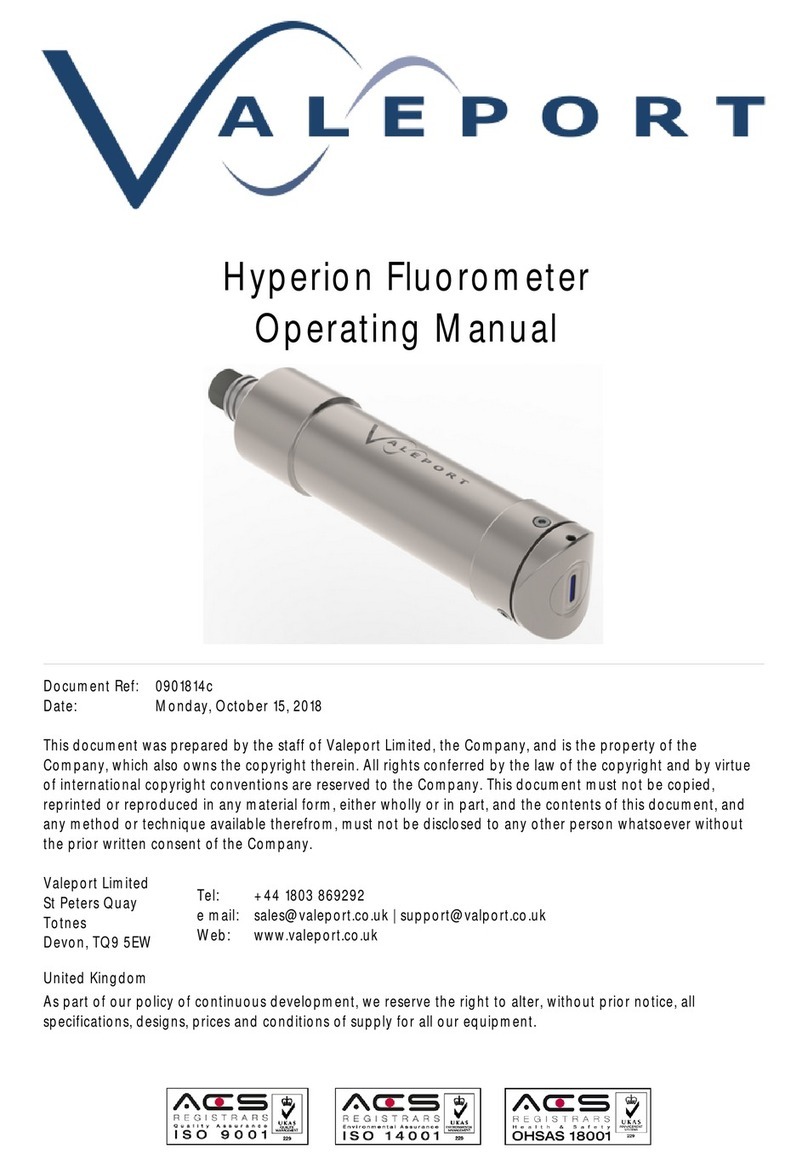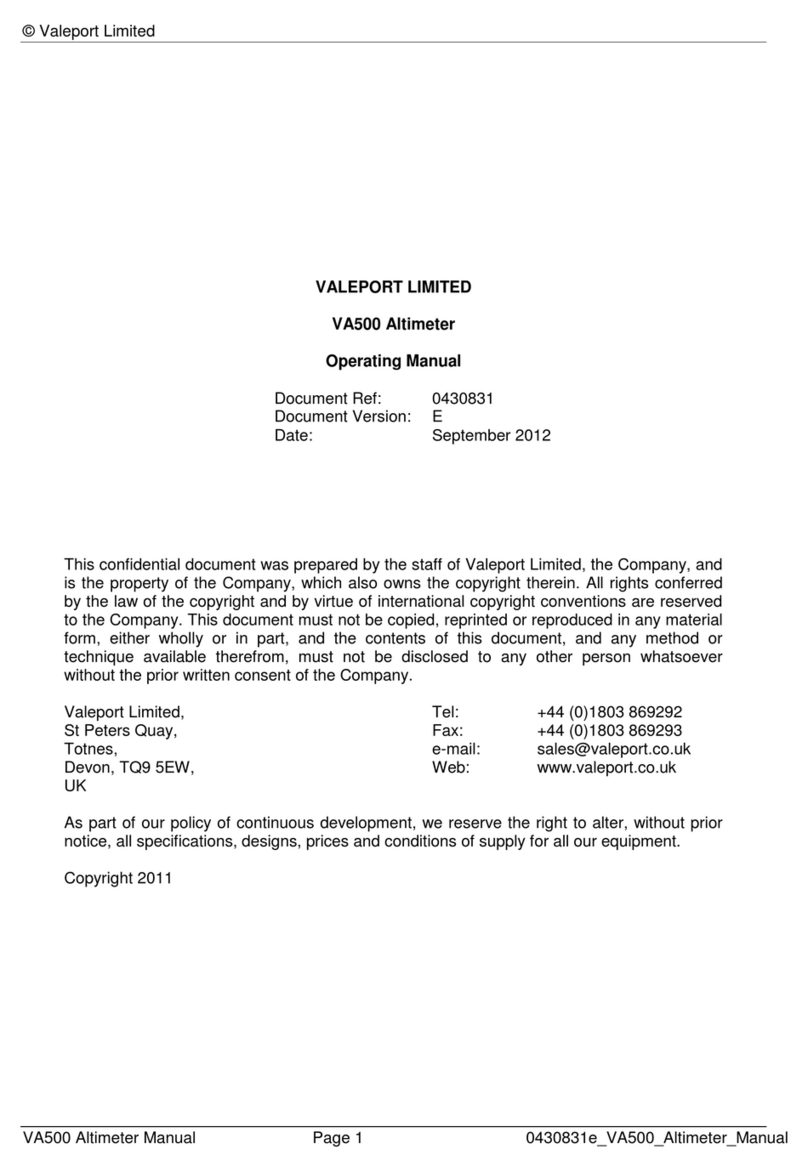Valeport MIDAS WLR User manual
Other Valeport Measuring Instrument manuals
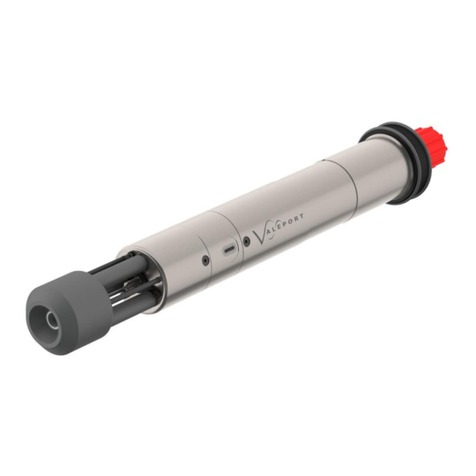
Valeport
Valeport fastCTD User manual
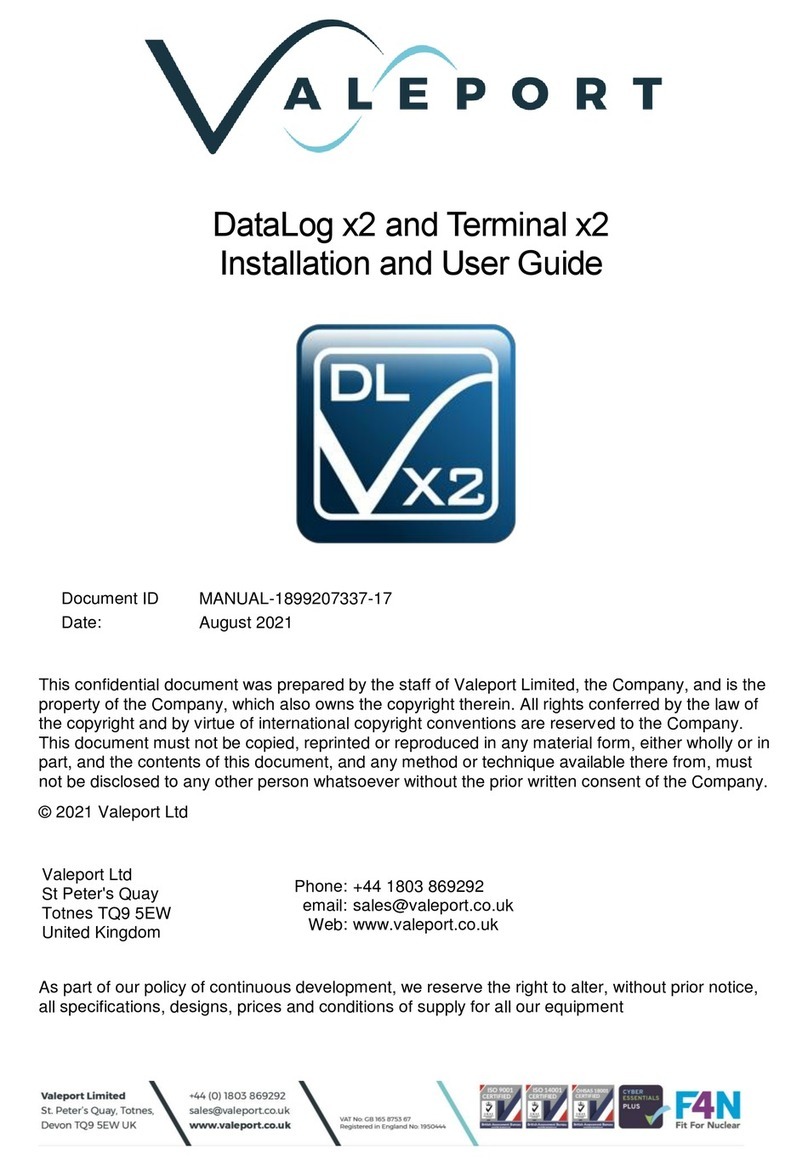
Valeport
Valeport DataLog x2 User manual
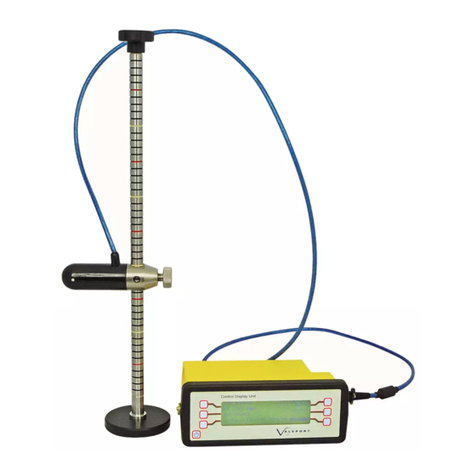
Valeport
Valeport 801 EM User manual
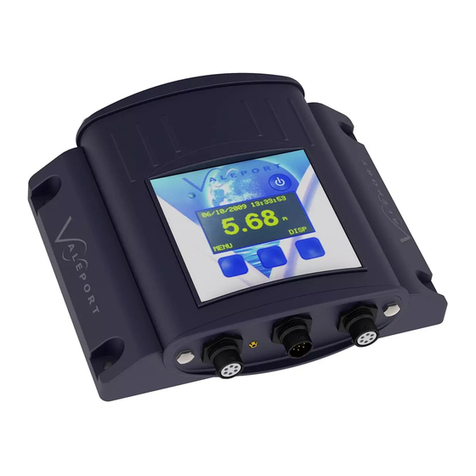
Valeport
Valeport TideMaster User manual
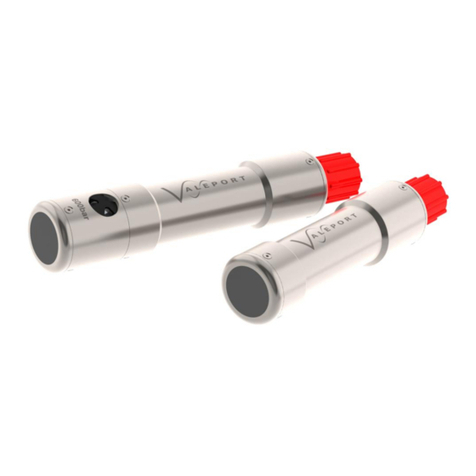
Valeport
Valeport va500 User manual
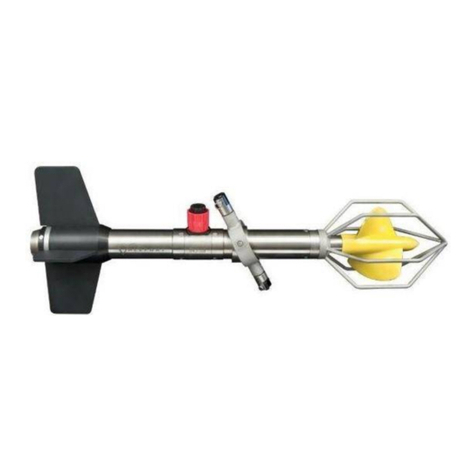
Valeport
Valeport 106 User manual
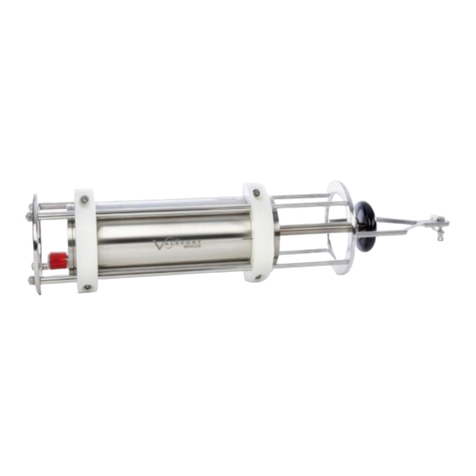
Valeport
Valeport MIDAS ECM User manual
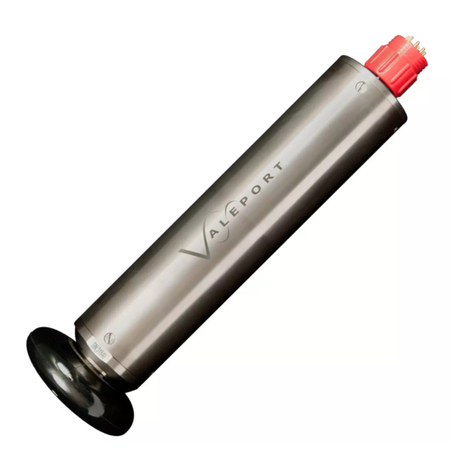
Valeport
Valeport 803 User manual
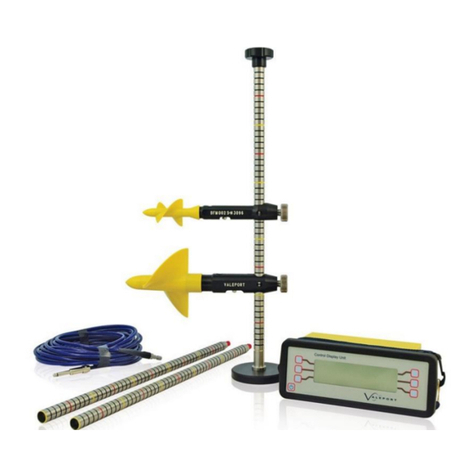
Valeport
Valeport BFM001 User manual
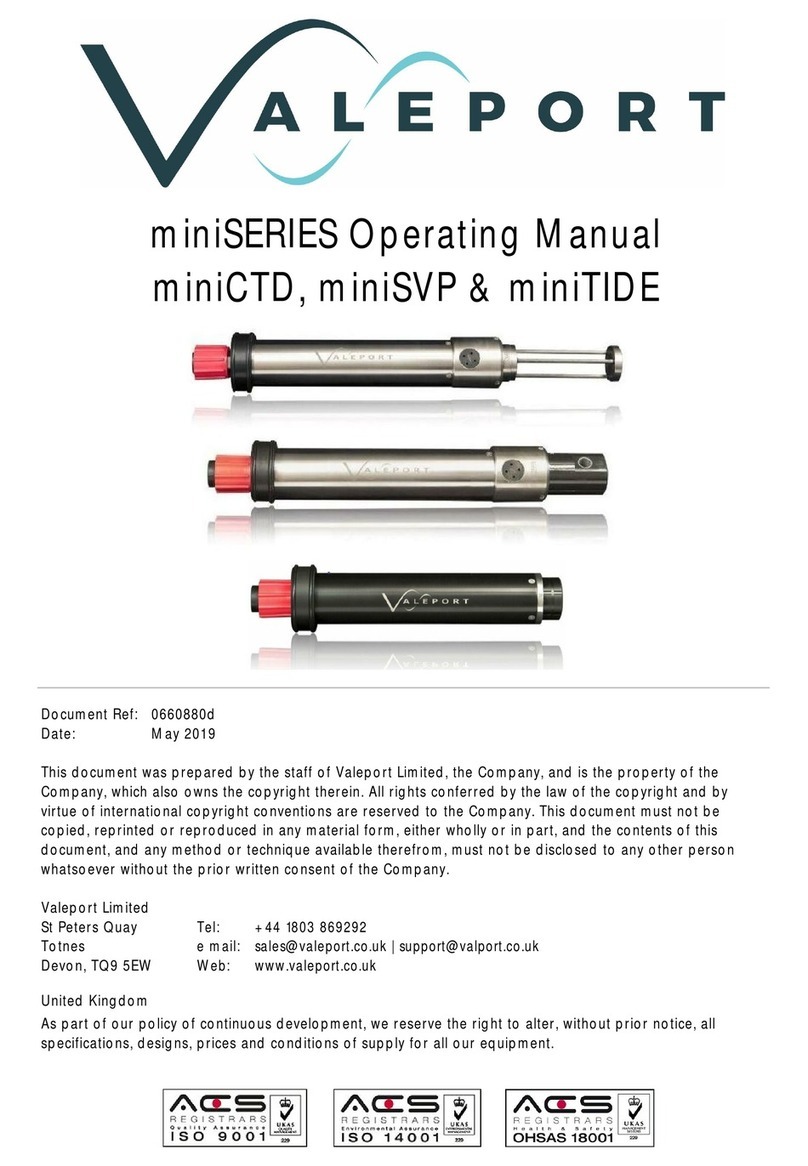
Valeport
Valeport miniSERIES Series User manual
Popular Measuring Instrument manuals by other brands

Powerfix Profi
Powerfix Profi 278296 Operation and safety notes

Test Equipment Depot
Test Equipment Depot GVT-427B user manual

Fieldpiece
Fieldpiece ACH Operator's manual

FLYSURFER
FLYSURFER VIRON3 user manual

GMW
GMW TG uni 1 operating manual

Downeaster
Downeaster Wind & Weather Medallion Series instruction manual

Hanna Instruments
Hanna Instruments HI96725C instruction manual

Nokeval
Nokeval KMR260 quick guide

HOKUYO AUTOMATIC
HOKUYO AUTOMATIC UBG-05LN instruction manual

Fluke
Fluke 96000 Series Operator's manual

Test Products International
Test Products International SP565 user manual

General Sleep
General Sleep Zmachine Insight+ DT-200 Service manual
